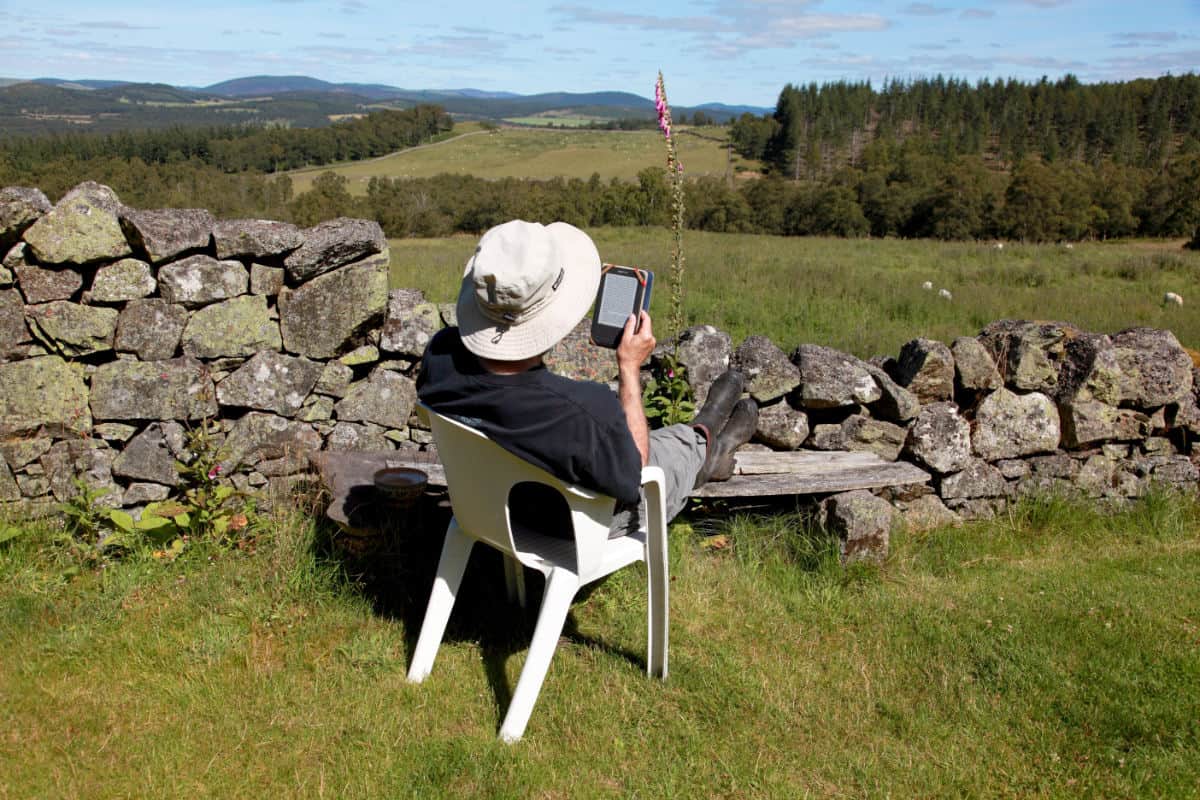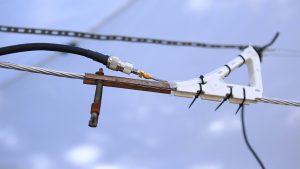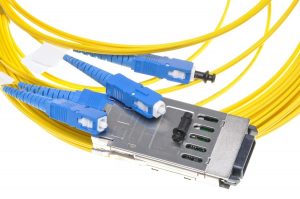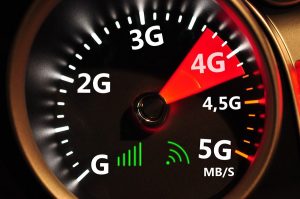AT&T’s Newest Project Could Bring Mobile Broadband to Isolated Rural Internet Users

Like dial-up, AT&T’s new project – AirGig – transmits internet over phone lines, but that’s about where the similarities between dial-up and AirGig stop. AirGig is a new, experimental technology that transmits short range mobile broadband signals from telephone pole to telephone pole. It’s wireless and much faster than dial-up, which is why AT&T has high hopes for its new project in isolated rural internet markets.

AirGig transmits short wave mobile broadband signals between small access points installed on telephone poles. Each individual access point doesn’t send the cellular signal far, just to the access point on the next telephone pole. That access point then transmits the signal to the next telephone pole and so on. Through a network of short range wireless access points, AirGig can regenerate mobile broadband signals over long distances.
Like other mobile broadband products, AirGig transmits online data at multi-gigabit speeds. In fact, earlier this year, a German system beat a world record in wireless transmission by reaching download speeds of 6 Gbps with similar technology. AT&T has not yet tested AirGig outside the laboratory, but the company predicts that, in field tests, it will be able to approximate the speed of today’s 4G LTE (as transmitted by tower).

This means the technology will likely:
Have a download speed of 5-12 Mbps
Have an upload speed of 2-5 Mbps
Have a latency/lag time/ping of 75-100 ms
While AirGig will likely replicate the speed of today’s mobile broadband towers, it is much less expensive to build a network of AirGig access points than to build a tower. AirGig uses inexpensive hard materials (including plastic) and existing infrastructure (phone or power lines) to expand coverage. Unlike a tower, AirGig’s hardware is cheap to manufacture and easy to install by hand.

Mobile broadband providers often don’t cover rural communities because it isn’t economically viable for them to build an expensive tower for a limited number of customers. With AirGig, AT&T will be able to deploy mobile broadband networks to rural areas without incurring huge costs. This could mean better service for isolated rural internet users with poor coverage and, finally, access for the 22% of Americans without any 4G LTE coverage.
AirGig also has the potential to reduce deployment and maintenance costs for providers, leading to less expensive service for its customers. A mobile broadband subscription currently costs between $50 and $60/10GB/month in the United States. When it is deployed, AirGig (as the economical option) should cost that or less.
In a press release, AT&T said its AirGig technology was “deep in the experimentation phase.” Initial tests, in AT&T’s outdoor laboratories, yielded positive results, but the provider won’t conduct a field trial until 2017. AT&T hinted that the first trials will take place outside the United States, announcing that it is currently “looking at the right global location to trial this new technology next year.”
AT&T also underscored how phone and power companies could use AirGig modules to monitor phone and power lines for things like encroaching branches. The project will require cooperation between wireline and wireless sectors, so establishing a mutually beneficial relationship between the technologies will set the stage for faster adoption.




